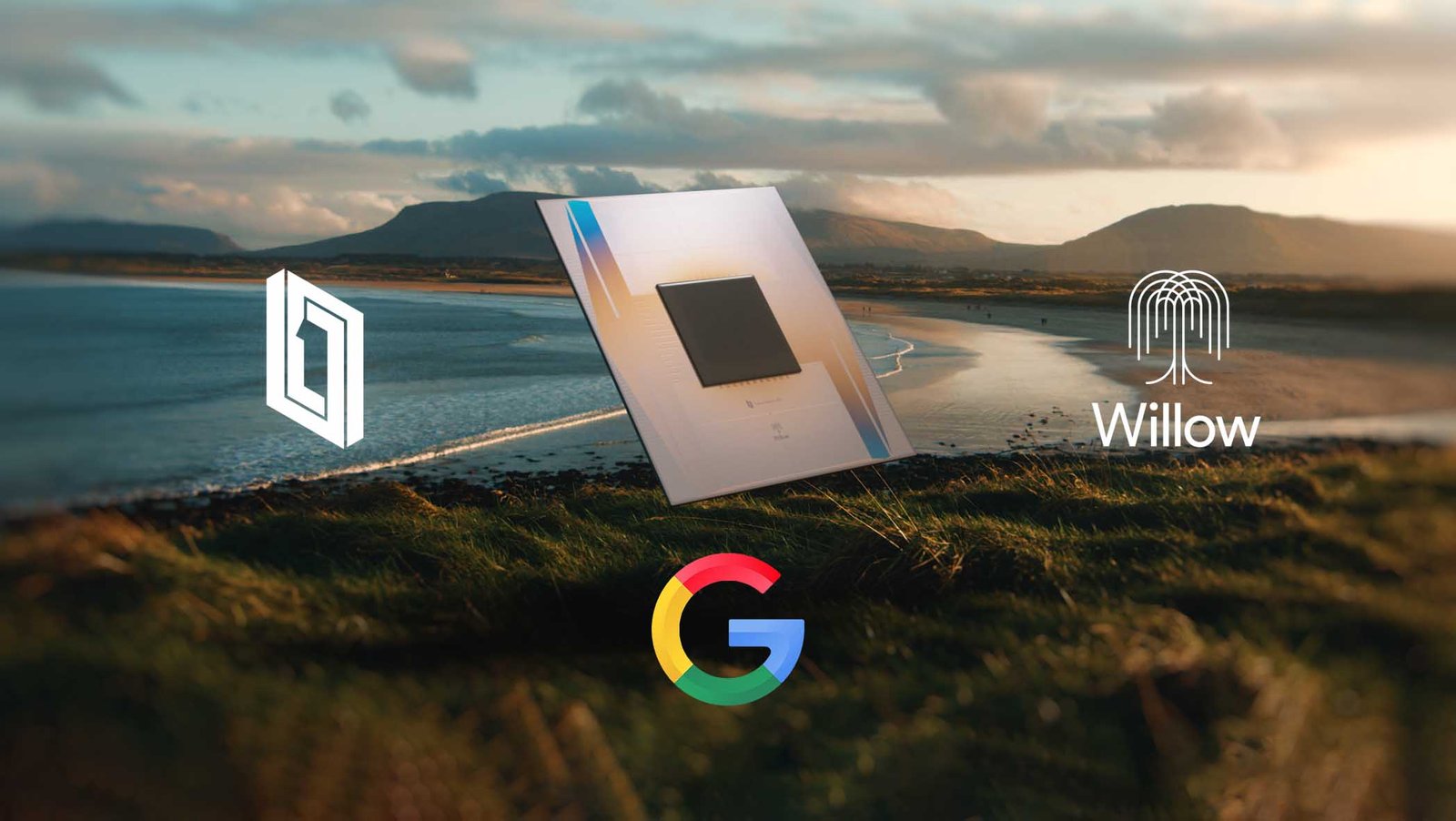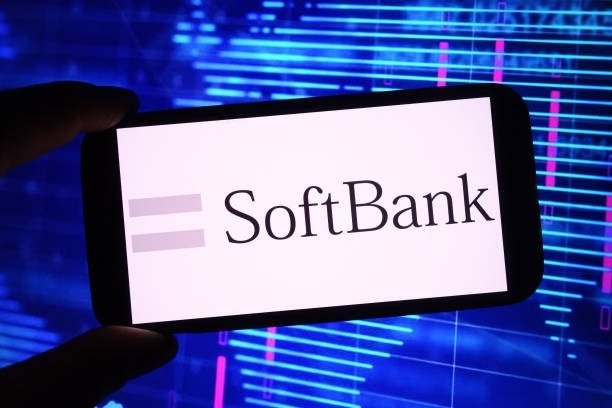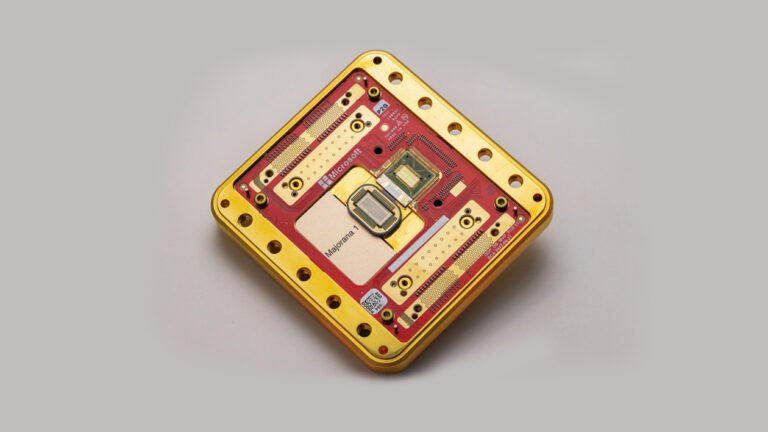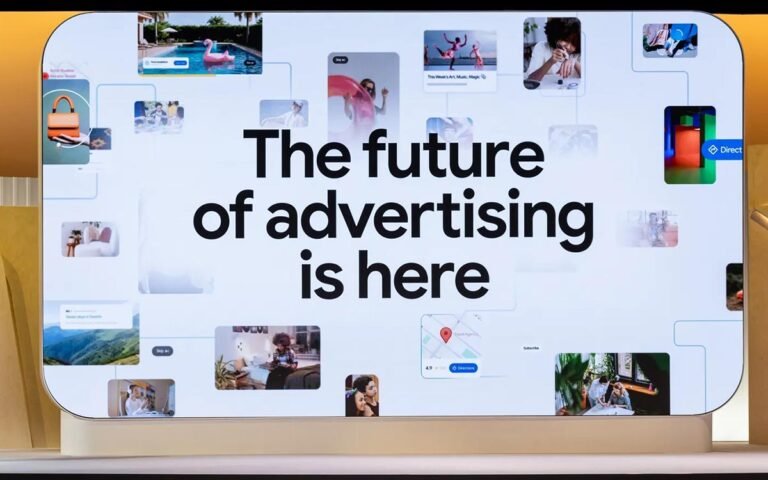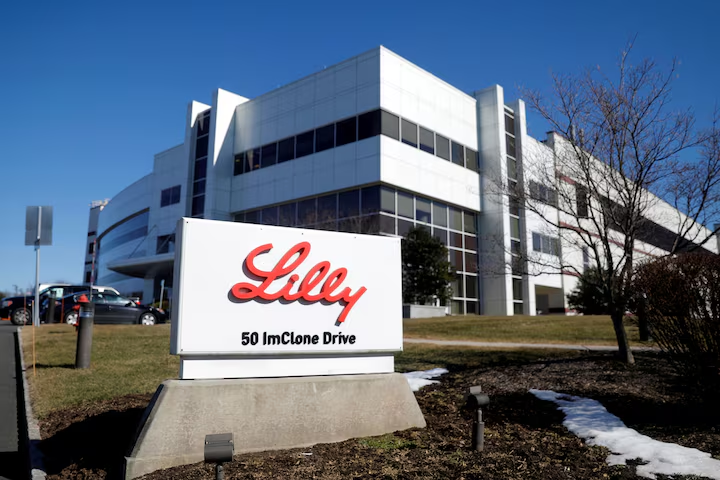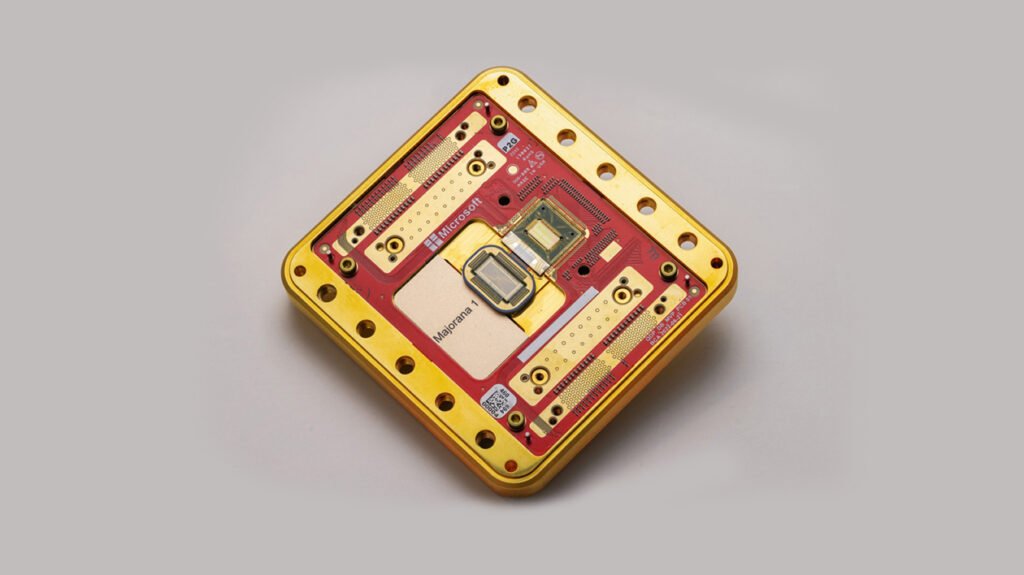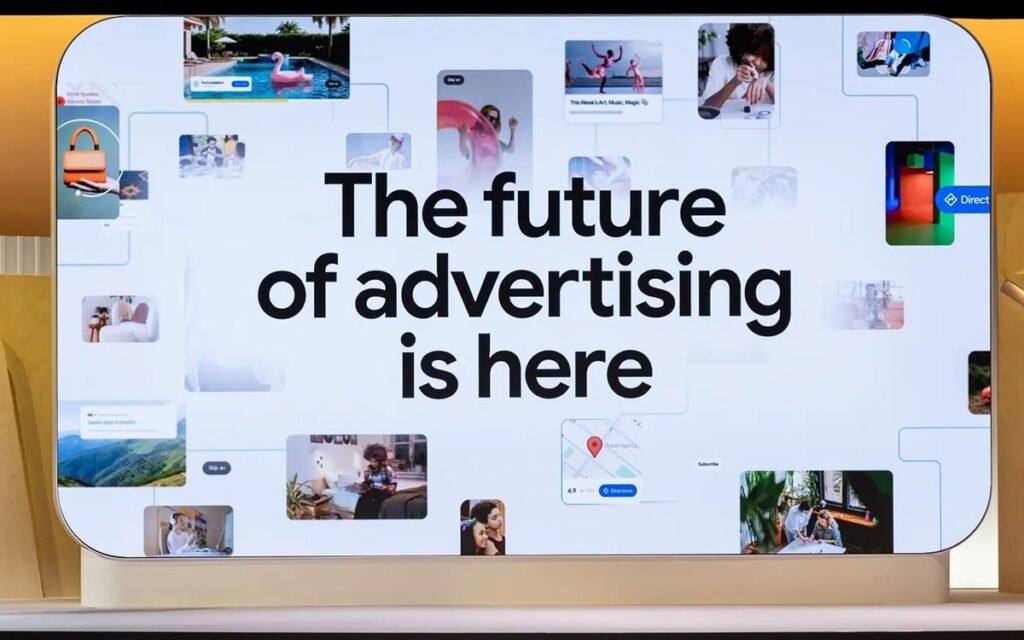The field of quantum computing is moving from theoretical possibility to tangible reality. The recent unveiling of the Google Willow Chip shows this progress clearly. While many companies are racing to build quantum computers, Google’s latest innovation represents a historic breakthrough. It tackles quantum computing’s most significant hurdle—the fragility of qubits—with a solution. This solution promises to make these machines more stable and scalable. This is not just a small step forward; it’s a giant leap toward a future where quantum computers solve problems once thought impossible.
How the Google Willow Chip Redefines Quantum Computing
For decades, errors have been the biggest obstacle to building a practical quantum computer. Qubits are incredibly delicate. They are prone to “noise” from their environment. This noise causes calculations to fail. The challenge has been to reduce errors faster than they are introduced. The Google Willow Chip has solved this problem. It demonstrated exponential error reduction. Researchers used a “logical qubit” encoded with multiple physical qubits. They showed that the system becomes more reliable as more qubits are added. This achievement is a game-changer for the entire industry. It proves we can build larger quantum computers that are not just more powerful, but also more stable.
The Groundbreaking Science Behind the Google Willow Chip
The Willow chip’s success lies in its “below threshold” quantum error correction. In a benchmark test, the chip performed a computation in under five minutes. That same computation would have taken the world’s fastest supercomputers 10 septillion years to complete. This astonishing speed is a testament to the power of quantum mechanics. Its true significance is that the errors were actively reduced as the computation scaled. The breakthrough was achieved by using a 7×7 array of physical qubits. There, the logical qubit’s performance was over 20 times better than its predecessors. The quantum community has worked on this scientific first for nearly 30 years.
The Google Willow Chip and the Path to the Future
The Willow chip is not a standalone experiment. It is a critical component of Google’s long-term quantum computing roadmap. The company has a clear plan. It wants to build a fault-tolerant, large-scale quantum computer. This breakthrough is a pivotal step on that path. Experts believe that achieving this scalable error reduction brings the industry significantly closer to a future where quantum computers can be used for commercially relevant applications. These include designing new materials, optimizing logistical networks, and accelerating drug discovery. The momentum from this discovery is palpable. It fuels investment and innovation across the entire field.
Navigating the Future of Quantum Technology
The development of the Google Willow Chip also opens up intriguing new questions. Some researchers even link the chip’s performance to the philosophical concept of a multiverse. While this theory remains a subject of intense debate, it highlights the profound implications of this technology. The immediate focus for Google and other companies, however, is on the practical application of this breakthrough. The next steps involve building larger machines and developing more advanced software. The Willow chip has provided a clear signal. The quantum revolution is not only coming—it’s already here.
In conclusion, the Google Willow Chip is more than just a piece of hardware. It is a landmark achievement. It has transformed a key theoretical challenge into a solvable engineering problem. By demonstrating that quantum computers can indeed become more reliable as they grow, Google has provided a clear roadmap to a future. This is a future where these powerful machines can be used for real-world applications. The age of scalable, useful quantum computing has officially begun.

